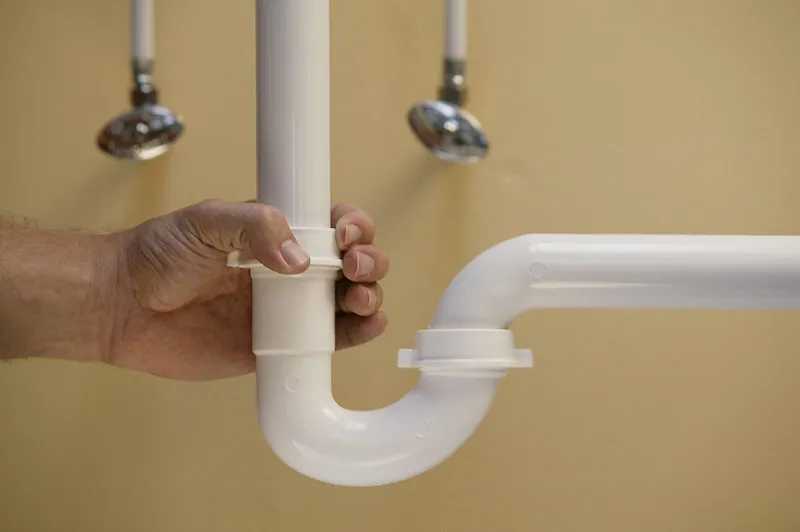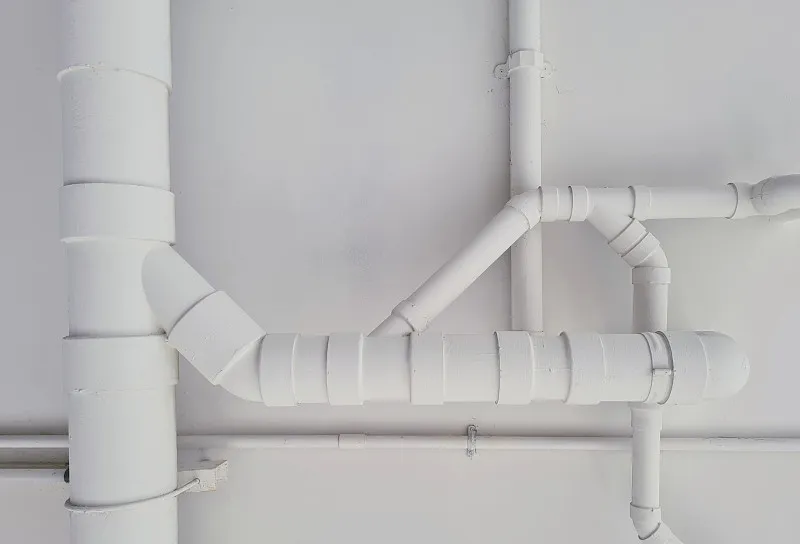Pond plumbing is a vital part of maintaining a beautiful and healthy pond, whether for landscaping, aquaculture, or just a peaceful backyard water feature. Plastic hose fittings are essential components of a pond plumbing system, helping to connect hoses securely to ensure consistent water flow. This article explores why plastic hose fitting are ideal for pond plumbing, tips for installation and maintenance, and answers to frequently asked questions.
What are Plastic Hose Fittings?
Plastic hose fittings are connectors made from durable plastic materials that join hoses, pipes, and other components in plumbing systems. For ponds, these fittings are especially useful for creating a well-functioning water flow system that reduces leaks and maintains the pond’s health by ensuring the proper circulation of water.
Why Use Plastic Hose Fitting for Pond Plumbing?
Plastic hose fittings are popular in pond plumbing because they are lightweight, affordable, and resistant to corrosion. These characteristics make them ideal for outdoor use, as they withstand various weather conditions without deteriorating quickly. Additionally, plastic fittings are easy to install, making them a favorite for DIY pond enthusiasts.
Types of Plastic Hose Fittings for Ponds
Plastic hose fitting come in different shapes and functions to accommodate various needs in pond plumbing. Here are the most common types:
Straight Fittings
Straight fittings are used to connect two hoses in a straight line, ensuring continuous water flow from one part of the pond to another without any directional changes.
Elbow Fittings
Elbow fittings allow for 90-degree turns in pond plumbing, making them ideal for situations where the hoses need to navigate around corners or fit into confined spaces.
Reducer Fittings
Reducer fittings connect hoses of different diameters, which is useful when you need to manage changes in water pressure or fit hoses of various sizes together in your pond system.
Advantages of Plastic Hose Fittings in Pond Plumbing
Durability and Resistance
Plastic hose fitting resist rust and corrosion, a common issue in ponds where fittings are constantly exposed to water. They also hold up well under fluctuating temperatures and UV exposure, making them a long-lasting choice.
Cost-Effectiveness
Compared to metal fittings, plastic hose fittings are more affordable. This cost efficiency does not compromise quality, as many high-grade plastic fittings are equally reliable and durable.
Selecting the Right Plastic Hose Fitting for Your Pond
Size and Compatibility
Choosing the right size is essential to avoid leaks. Make sure the fittings match the diameter of your hoses to ensure a tight, secure fit. Most plastic hose fitting are labeled with their compatible hose sizes, making selection easier.
Material Quality
Quality matters when it comes to plastic fittings. Look for fittings made from high-density polyethylene (HDPE) or PVC, as these materials are especially durable and resist wear and tear from frequent water exposure.
Installation Tips for Plastic Hose Fittings in Ponds
Proper installation is key to ensuring that your pond plumbing system runs smoothly. Here are some tips:
Securing Connections
Use clamps or adhesive to secure plastic hose fitting tightly, as this will prevent water from leaking around the fittings. Make sure the hose slides fully onto the fitting before tightening any clamps.
Ensuring Leak-Free Seals
Apply a waterproof sealant around the connections if necessary, especially in areas where water pressure might be higher. This precaution reduces the risk of leaks and extends the lifespan of your fittings.
Maintenance Tips for Plastic Hose Fitting
To keep your pond plumbing system in optimal condition, regular maintenance is necessary:
Cleaning and Inspecting Fittings
Remove any debris and check for buildup around the hose fittings. Cleaning regularly prevents clogging and allows for smoother water flow through your pond system.
Replacing Worn-Out Parts
Plastic fittings are durable but may eventually wear out. Regularly check for cracks, discoloration, or brittleness, and replace any damaged parts promptly to avoid disruptions in water flow.
Best Practices for Pond Plumbing Using Plastic Hose Fitting
- Plan your plumbing layout to minimize the number of fittings and bends, reducing resistance to water flow.
- Use high-quality hoses that match the durability of your plastic fittings for a balanced and effective pond system.
- Regularly inspect the entire plumbing system to catch any issues early, ensuring your pond remains clear and healthy.
Common Issues with Pond Plumbing and How to Avoid Them
Some common issues with pond plumbing include leaks, clogged hoses, and reduced water flow. You can prevent these problems by ensuring secure connections, using the right size fittings, and cleaning the hoses and fittings regularly.
Comparing Plastic and Metal Hose Fitting for Ponds
While plastic hose fittings are lightweight, corrosion-resistant, and cost-effective, metal fittings offer superior strength but may be prone to rust. For most pond plumbing setups, plastic fittings provide a balanced option that performs well under typical pond conditions without the risk of rust or high costs.
Safety Tips When Handling Pond Plumbing
When working with pond plumbing, always ensure that fittings and hoses are securely connected before turning on pumps. Additionally, avoid using sharp tools near the hoses or fittings, as punctures or cuts can compromise the system’s efficiency.
Environmental Benefits of Using Plastic Hose Fitting
Plastic hose fittings are often recyclable, making them an eco-friendly choice for pond plumbing. By choosing fittings made from recycled materials or opting to recycle used fittings, you contribute to reducing plastic waste and promoting sustainability.

How to Source Quality Plastic Hose Fitting
Look for reputable suppliers and read reviews to ensure the fittings you choose meet quality standards. Brands that specialize in pond or garden plumbing are likely to offer fittings specifically designed to handle outdoor conditions effectively.
Conclusion
Plastic hose fittings are an invaluable part of any pond plumbing system, providing a durable, cost-effective, and corrosion-resistant option for maintaining water flow and circulation. With various types and sizes available, these fittings cater to different pond setups, ensuring that every connection is secure and leak-free. By choosing high-quality plastic hose fitting and following proper installation and maintenance tips, you can enjoy a healthy, efficient pond system that enhances the beauty and vitality of your outdoor space.
Frequently Asked Questions (FAQs)
Q1: Are plastic hose fittings suitable for high-pressure pond pumps?
Yes, many plastic hose fitting can withstand moderate pressure from pond pumps. However, ensure you choose fittings made from high-grade plastic, such as HDPE, for higher durability.
Q2: How often should I replace plastic hose fitting in my pond plumbing?
Generally, plastic hose fitting last several years, but it’s a good practice to inspect them annually for any signs of wear or damage and replace them if needed.
Q3: Can I use plastic hose fitting with metal hoses?
Yes, plastic fittings can work with metal hoses as long as the sizes match. However, it’s important to ensure a secure fit and use clamps if necessary to prevent leaks.
Q4: Are plastic hose fittings resistant to algae buildup?
Plastic hose fitting do not promote algae growth, but regular cleaning is recommended to prevent algae buildup on the fittings or hoses in the pond system.
Q5: Where can I purchase high-quality plastic hose fittings for ponds?
You can find high-quality plastic hose fitting at pond supply stores, garden centers, or online retailers specializing in pond and plumbing supplies.


















